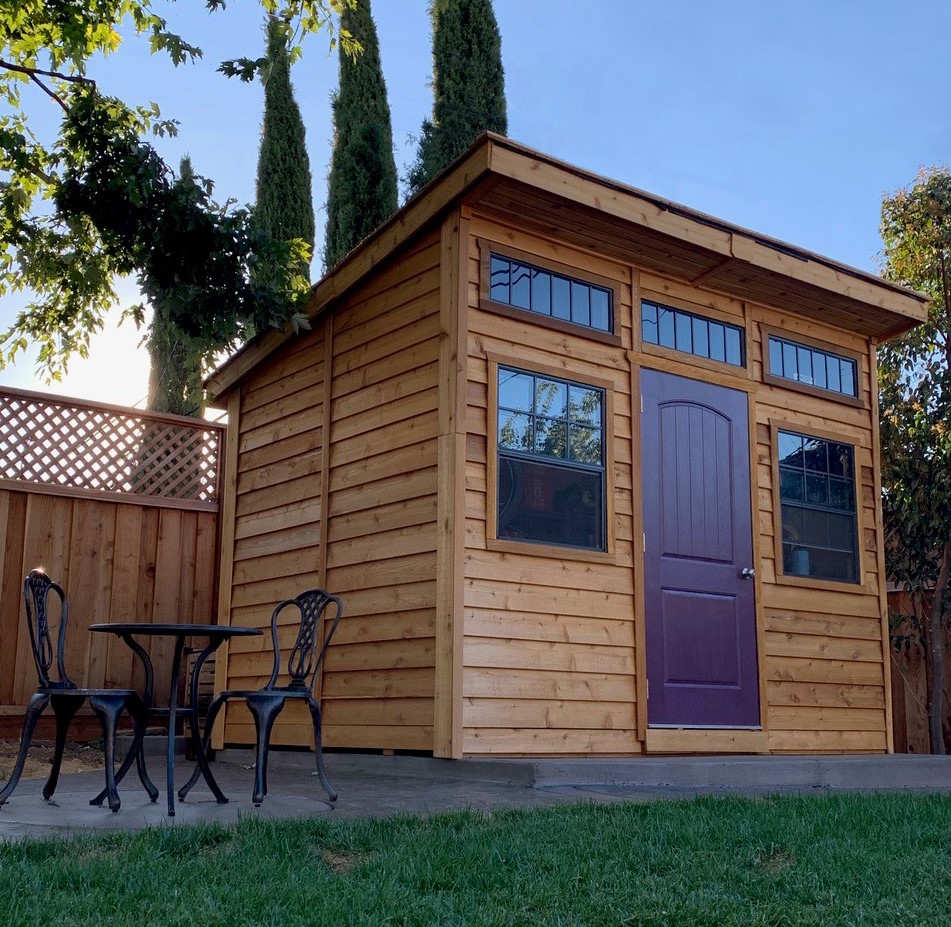 buildblueprint.com ```html
buildblueprint.com ```html Introduction: The Versatile Lean-To Shed
Are you looking for an affordable and practical storage solution for your backyard? A lean-to shed, also known as an attached shed, offers a space-saving design that utilizes an existing wall, typically a house or garage. This DIY guide will walk you through the process of building your own lean-to shed, step by step.
Step 1: Planning and Preparation
Before you start building, careful planning is essential. Consider the following: Determine the Shed Size: Measure the area where you intend to build your shed. Consider your storage needs and the available space. A common size is 8' x 10', but adjust to fit your requirements. Obtain Necessary Permits: Check with your local building department to determine if permits are required for shed construction. This is crucial to avoid potential fines and legal issues. Create a Detailed Plan: Sketch a detailed plan that includes dimensions, materials, and construction details. There are many free and paid shed plans available online, choose one that suits your skill level and needs. Having a solid plan will make the construction process smoother. Gather Materials and Tools: Create a list of all necessary materials, including lumber, roofing materials, fasteners (nails, screws), and hardware. Rent or purchase any necessary tools. Having everything on hand before you start will save time and frustration.
Step 2: Building the Foundation
A solid foundation is crucial for the stability and longevity of your shed. Here are a few options: Gravel Pad: This is the simplest and most cost-effective option. Excavate the area, lay down landscape fabric, and then fill with several inches of compacted gravel. Concrete Slab: Provides a more permanent and level foundation. This requires more labor and materials but offers superior stability. Wooden Skid Foundation: Construct a frame of pressure-treated lumber and set it on concrete blocks. This allows for some air circulation underneath the shed. Ensure that your foundation is level using a level and adjust as necessary. An unlevel foundation will cause problems later in the construction process.
Step 3: Framing the Walls
The walls are the structure that supports the roof and encloses the shed. Cut Lumber to Size: Following your plans, cut the lumber for the wall studs, top plates, and bottom plates. Assemble the Walls: Lay out the top and bottom plates, and attach the studs using nails or screws. Ensure studs are spaced according to your plans (typically 16" or 24" on center). Attach the Walls to the Existing Structure: Secure the lean-to shed walls to the existing wall using appropriate fasteners. This is a crucial step for the shed's stability. Consider using lag bolts for a strong connection. Frame the Door Opening: Incorporate framing for the door opening, ensuring it is the correct size and square. Plumb and Brace the Walls: Before securing the walls permanently, ensure they are plumb (perfectly vertical) using a level. Brace the walls to maintain their position.
Step 4: Building the Roof
The roof is essential for protecting the shed from the elements. Cut Rafters: Cut the rafters to the required length and angle, according to your plans. A lean-to shed typically has a single slope roof. Attach Rafters: Attach the rafters to the top plates of the walls, ensuring they are evenly spaced. Use metal rafter ties for added strength. Install Sheathing: Cover the rafters with sheathing (plywood or OSB) to create a solid surface for the roofing material. Apply Roofing Material: Install your chosen roofing material, such as asphalt shingles, metal roofing, or rolled roofing. Follow the manufacturer's instructions carefully. Overlap the rows of roofing material to prevent leaks.
Step 5: Adding Siding and Finishing Touches
Siding protects the walls and adds aesthetic appeal. Install Siding: Install siding to the exterior walls, using nails or screws. Common siding options include wood siding, vinyl siding, or metal siding. Overlap the siding panels to create a weatherproof barrier. Install the Door: Install the door into the framed opening. Ensure it swings freely and latches securely. Add Trim: Add trim around the door, windows (if any), and corners to create a finished look. Paint or Stain: Apply paint or stain to the siding and trim to protect the wood and enhance its appearance. Add Shelving and Storage: Install shelving or other storage solutions inside the shed to maximize space and organization.
Conclusion: Enjoy Your New Lean-To Shed
Congratulations! You have successfully built your own lean-to shed. This new structure will provide valuable storage space and enhance your property. Remember to maintain your shed by checking for leaks and making necessary repairs to ensure its longevity. Enjoy the convenience and organization that your new shed provides.
``` Lean To Shed Plans
 diygardenplans.com
diygardenplans.com Lean-to Shed Plans
 buildblueprint.com
buildblueprint.com Lean To Shed Plans
 diygardenplans.com
diygardenplans.com